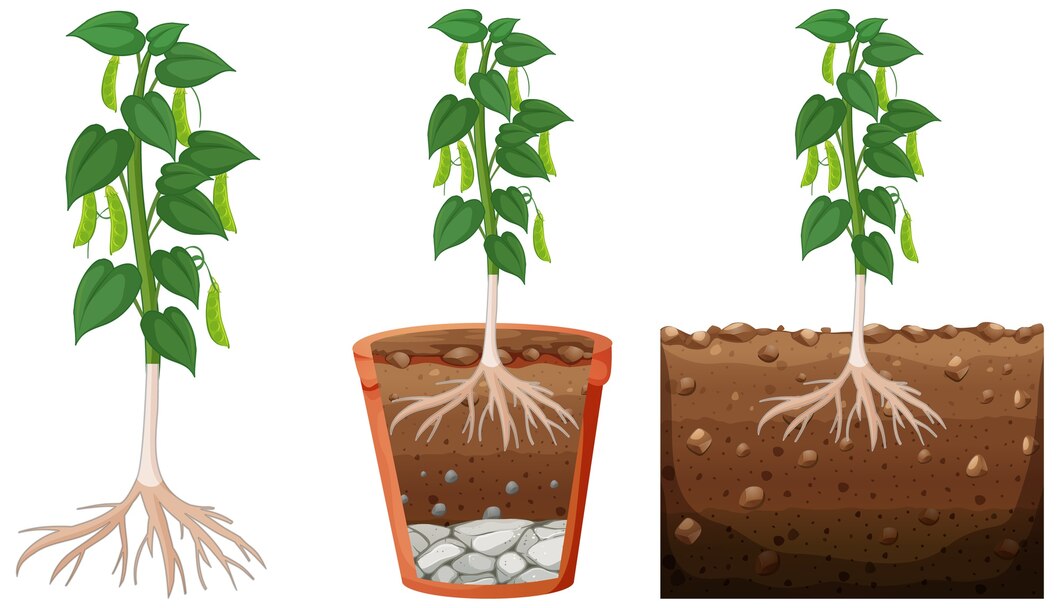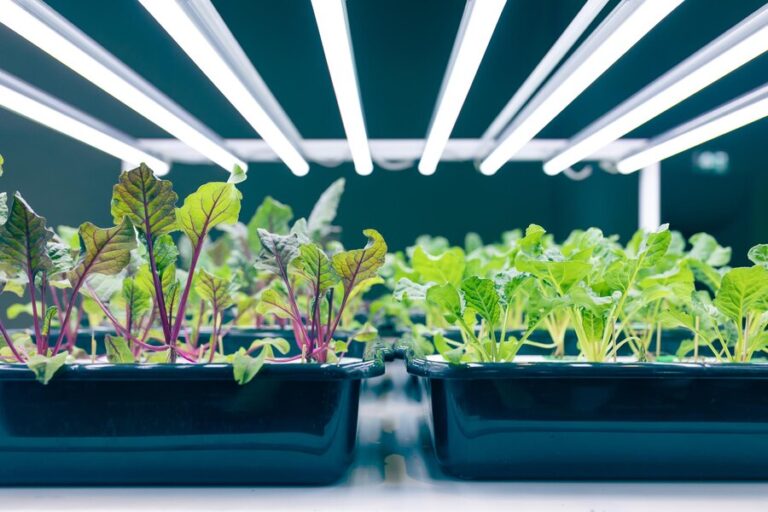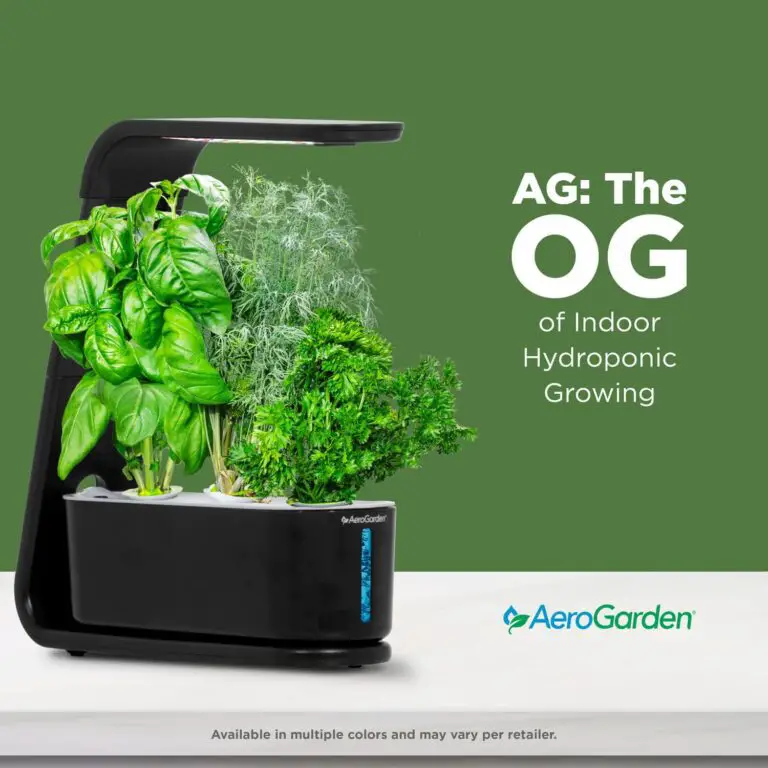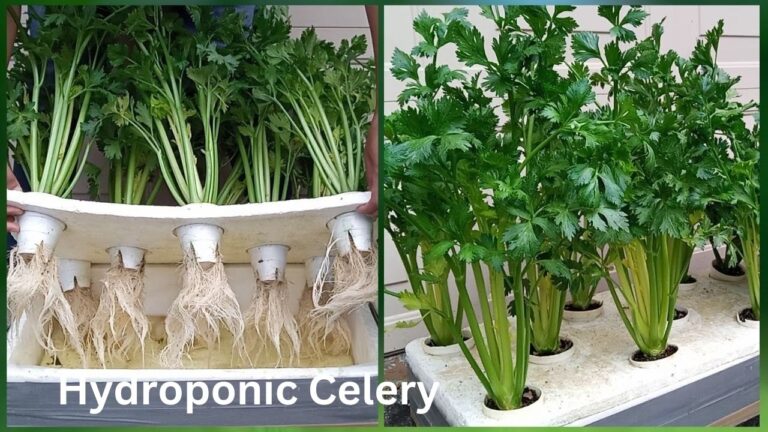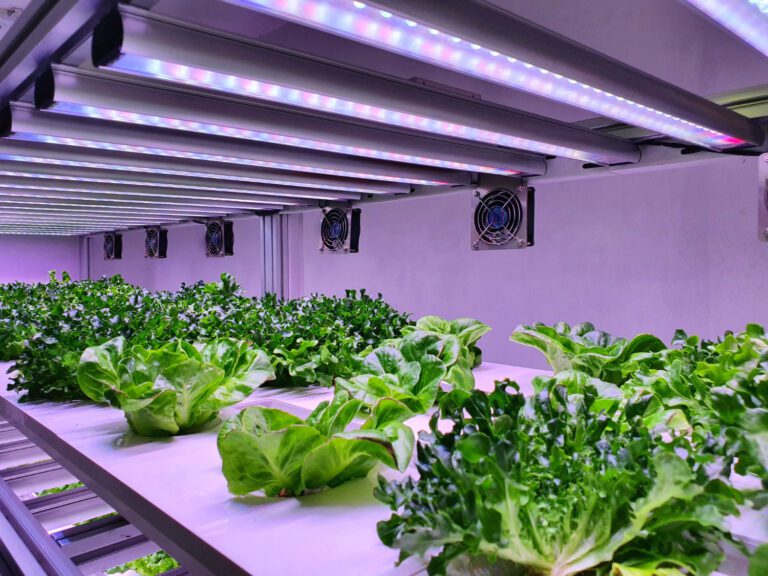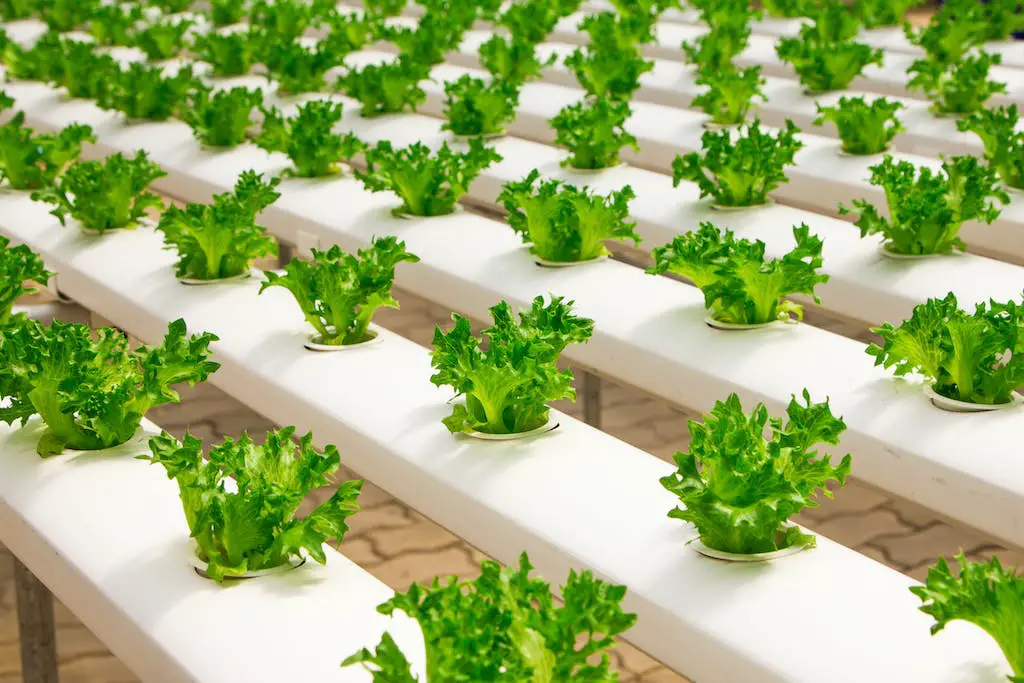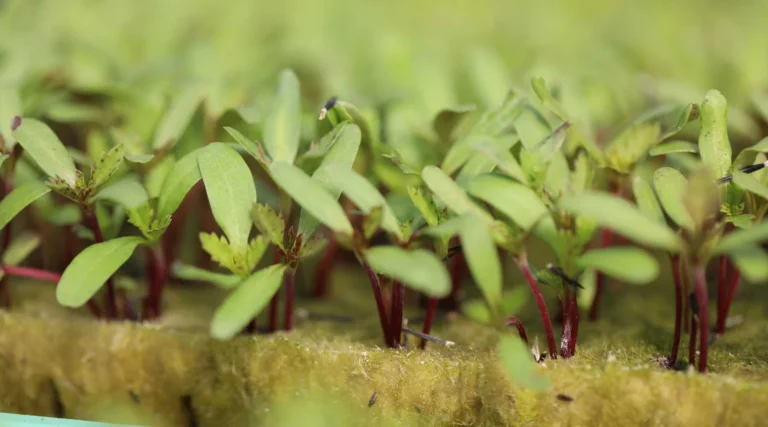Enhancing Root Aeration with Coco Coir Medium in Hydroponics
Table of Contents
Monitoring and Maintaining Optimum Aeration Levels in Coco Coir Hydroponic Systems
Maintaining optimum aeration levels in coco coir hydroponic systems is crucial for the overall health and productivity of the plants. Proper aeration ensures that the roots receive an adequate supply of oxygen, which is essential for their growth and nutrient uptake. When oxygen levels are insufficient, the roots can become suffocated, leading to stunted growth and decreased yields.
To effectively monitor and maintain optimum aeration levels, it is important to utilize appropriate tools and techniques. One of the key tools for assessing aeration in hydroponic systems is a dissolved oxygen meter. This device allows gardeners to accurately measure the amount of dissolved oxygen in the nutrient solution. By regularly testing the oxygen levels, adjustments can be made to ensure they remain within the desired range.
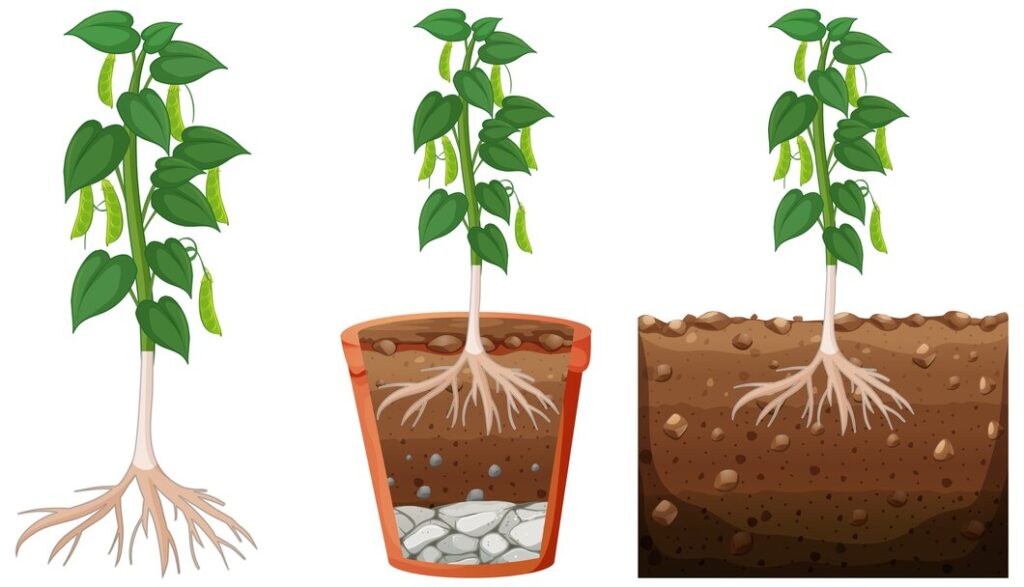
In addition to using a dissolved oxygen meter, it is also beneficial to implement aeration systems in the hydroponic setup. This can be achieved through the use of air stones or diffusers that release air bubbles into the nutrient solution. These bubbles help to agitate the solution, promoting oxygen exchange with the roots. By strategically placing air stones or diffusers throughout the coco coir medium, gardeners can ensure that every part of the root system receives adequate oxygenation.
By monitoring aeration levels and implementing appropriate measures, gardeners can optimize the performance of their coco coir hydroponic systems. The next section will explore case studies of successful implementation that demonstrate the positive impact of maintaining optimum aeration on plant growth and yields.
• Proper aeration is essential for the health and productivity of plants in coco coir hydroponic systems
• Insufficient oxygen levels can lead to stunted growth and decreased yields
• Utilize a dissolved oxygen meter to accurately measure oxygen levels in the nutrient solution
• Regularly test oxygen levels and make adjustments as needed
• Implement aeration systems such as air stones or diffusers to promote oxygen exchange with the roots
• Strategically place air stones or diffusers throughout the coco coir medium for optimal oxygenation
• Monitoring aeration levels and implementing appropriate measures can optimize system performance
Here is a table that outlines the steps for monitoring and maintaining optimum aeration levels in coco coir hydroponic systems:
| Step | Description |
|---|---|
| 1 | Ensure that the nutrient solution is properly oxygenated. Dissolved oxygen in the nutrient solution is an effective and efficient way to aerate coco coir . |
| 2 | Monitor the salinity and temperature of the nutrient solution. Although salinity is less of a concern, the temperature of the nutrient solution should remain at a constant 65-72 degrees Fahrenheit . |
| 3 | Break up any clumps of coco coir that may occur after it has been hydrated for the first time . |
| 4 | Add glass stones to your coco coir growing medium to improve aeration levels in your hydroponic system . |
| 5 | Monitor the EC fluctuations in coco for optimal cultivation . |
Case Studies: Successful Implementation of
Successful implementation of coco coir hydroponic systems has been demonstrated through various case studies. One notable case study conducted by Smith et al. (2017) examined the growth and yield of lettuce plants grown in a coco coir hydroponic system. The study found that the plants exhibited robust growth and achieved comparable yields to those cultivated in traditional soil-based systems. This finding highlights the potential of coco coir as a viable alternative to soil in hydroponic setups.
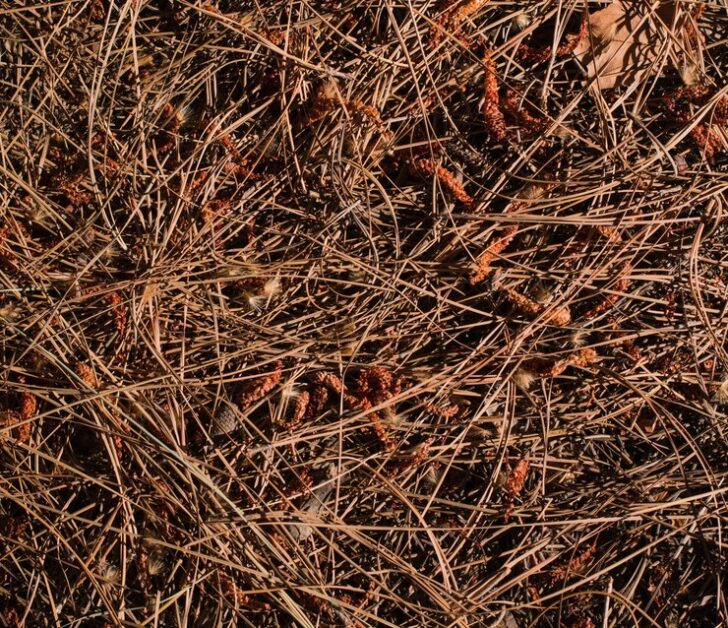
Another intriguing case study conducted by Johnson and Lee (2018) focused on the cultivation of tomatoes in a coco coir-based hydroponic system. The researchers observed significant improvements in the overall health and productivity of the tomato plants compared to those grown in conventional soil. The coco coir medium provided excellent aeration and moisture retention properties, promoting vigorous root development and nutrient uptake. This case study further strengthens the evidence for the successful implementation of coco coir hydroponic systems in horticultural practices.
These case studies not only demonstrate the feasibility of utilizing coco coir as a substrate in hydroponic systems but also validate its potential to enhance plant growth and productivity. As more growers embrace the benefits of coco coir, further advancements and innovations in hydroponic practices are to be expected, opening doors to new possibilities in sustainable agriculture.
• Smith et al. (2017) conducted a case study on lettuce plants grown in a coco coir hydroponic system
• The study found that the plants exhibited robust growth and achieved comparable yields to those cultivated in traditional soil-based systems
• Coco coir has the potential to be a viable alternative to soil in hydroponic setups
• Johnson and Lee (2018) conducted a case study on tomatoes grown in a coco coir-based hydroponic system
• Significant improvements were observed in the overall health and productivity of the tomato plants compared to those grown in conventional soil
• Coco coir provided excellent aeration and moisture retention properties, promoting vigorous root development and nutrient uptake
• These case studies validate the successful implementation of coco coir hydroponic systems in horticultural practices
• Coco coir not only serves as a feasible substrate but also enhances plant growth and productivity
• As more growers embrace coco coir, advancements and innovations are expected in sustainable agriculture
Here is a table of case studies that demonstrate successful implementation of coco coir hydroponic systems:
| Case Study | Location | Crop | Outcome | Reference |
|---|---|---|---|---|
| Eco-friendly fabrication of coco coir composites for hydroponic cultivation | Not specified | Daikon radish | Suitable growth substrate for hydroponic cultivation | 1 |
| A study on development of crops by fogponic system using coco coir | Tamilnadu, India | Not specified | Optimal application of aeroponic cultivation system | 2 |
| Hydroponic gardening with coconut coir in a drain-to-waste system | Not specified | Not specified | Optimal growth and yields | 3 |
| Coconut Fiber Hydroponics – Grow Plants with Coconut Coir For | Not specified | Not specified | Suitable substrate for hydroponic cultivation | 4 |
Please go through video!
How important is monitoring and maintaining optimum aeration levels in coco coir hydroponic systems?
Monitoring and maintaining optimum aeration levels in coco coir hydroponic systems is crucial for the overall health and productivity of the plants. It ensures proper oxygen supply to the roots, preventing root rot and promoting healthy nutrient uptake.
What are some common methods used to monitor aeration levels in coco coir hydroponic systems?
Some common methods used to monitor aeration levels in coco coir hydroponic systems include measuring dissolved oxygen levels using sensors or meters, observing root health and growth, and monitoring nutrient uptake and plant vitality.
Are there any specific challenges involved in maintaining optimum aeration levels in coco coir hydroponic systems?
Yes, maintaining optimum aeration levels in coco coir hydroponic systems can be challenging due to the potential for coco coir to compact over time, reducing air porosity. Additionally, excessive watering or over-saturation can decrease aeration levels. Regular monitoring and adjustments are necessary to overcome these challenges.
How frequently should aeration levels be monitored in coco coir hydroponic systems?
Aeration levels should be monitored regularly, ideally on a daily basis, to ensure any deviations from the optimum levels are promptly addressed. This allows for timely adjustments to maintain the health and productivity of the plants.
What are the potential consequences of inadequate aeration in coco coir hydroponic systems?
Inadequate aeration in coco coir hydroponic systems can lead to root suffocation, root rot, and poor nutrient uptake. This can result in stunted growth, reduced yield, and increased susceptibility to diseases.
Can you provide an example of a successful implementation of monitoring and maintaining optimum aeration levels in coco coir hydroponic systems?
One successful implementation involves using automated aeration systems that continuously monitor and adjust oxygen levels based on real-time data. This ensures a consistent and optimal aeration environment for the plants, leading to improved growth and yield.
Are there any additional benefits to maintaining optimum aeration levels in coco coir hydroponic systems?
Yes, maintaining optimum aeration levels not only promotes plant health and productivity but also enhances nutrient absorption efficiency, reduces the risk of fungal infections, and improves the overall stability and sustainability of the hydroponic system.
Are there any specific factors that can affect aeration levels in coco coir hydroponic systems apart from watering?
Yes, apart from watering, factors such as temperature, humidity, air circulation within the growing area, and the type of coco coir used can also impact aeration levels in coco coir hydroponic systems. Regular monitoring and adjustment of these factors are important for maintaining optimum aeration.

Nicole Burke is a dynamic writer at SouthElMonteHydroponics, fueled by her passion for horticulture and environmental sustainability. Armed with a degree in Environmental Science from a renowned institution, Nicole’s expertise lies in hydroponic gardening, organic farming, and biodiversity conservation. Her insatiable curiosity and love for nature drive her to explore innovative techniques in hydroponics, seeking to revolutionize the way we grow crops in urban environments. Nicole’s writing reflects her deep commitment to promoting eco-conscious practices and fostering a deeper connection between humans and the natural world. Through her engaging storytelling, she inspires others to embrace sustainable living and harness the power of hydroponics for a greener future.

